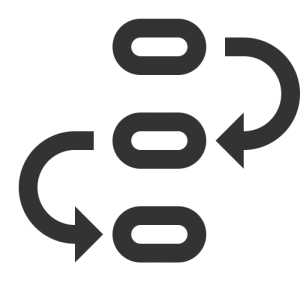 The Basic Process:
The Basic Process:
The basic process is the same for all types of webcasts, other than differences in scale of production:
1. Audio-Video Capture: Images and/or sound are ‘ingested’ into the streaming/encoding system with appropriate equipment – generally any computer with a video capture card. Anything from a single digital camcorder to multiple cameras with ‘live’ video switchers can accomplish this task.
2. Output: The output from this equipment is fed into the encoding hardware (or software) contained within the laptop or PC using the appropriate interface.
3. Encoding: Software on the PC turns that input into a format suitable for live streaming. Typically this would be Flash Video (flv or f4v), Mpeg (MP4 – H264) Video or even (not commonly used today) Windows Media Video (wmv).
4. Transmission: The encoded output is then transmitted via the PC’s internet connection to our streaming servers. The higher the speed of this internet connection, the higher the quality of the images we broadcast. Generally a wired connection is far preferable to a wireless (wifi) connection.
5. Broadcast: This single stream is received by our streaming servers and re-broadcast, in real time, to multiple viewers via a website link, where it can be viewed in ‘real-time’ on any browser like Internet Explorer, Firefox, Safari or Chrome.
